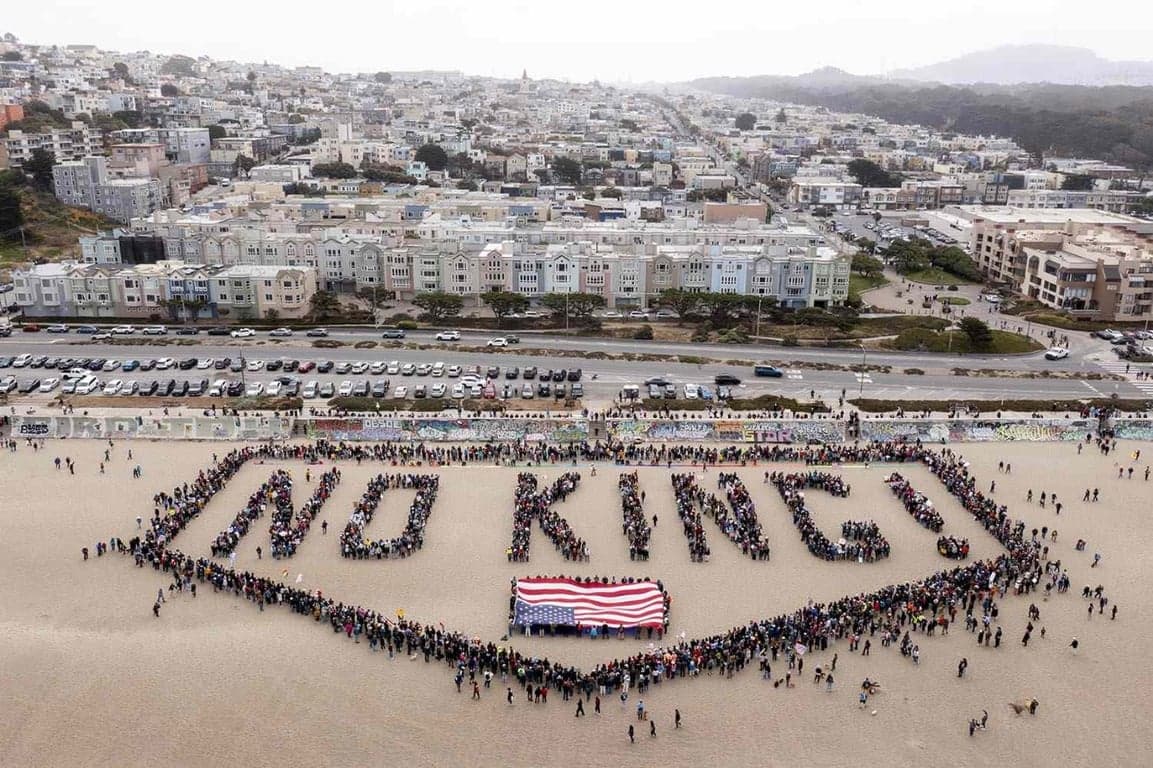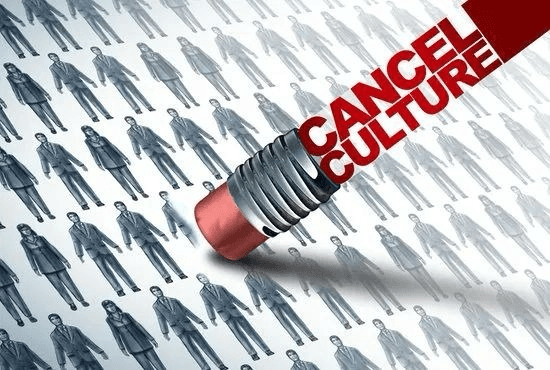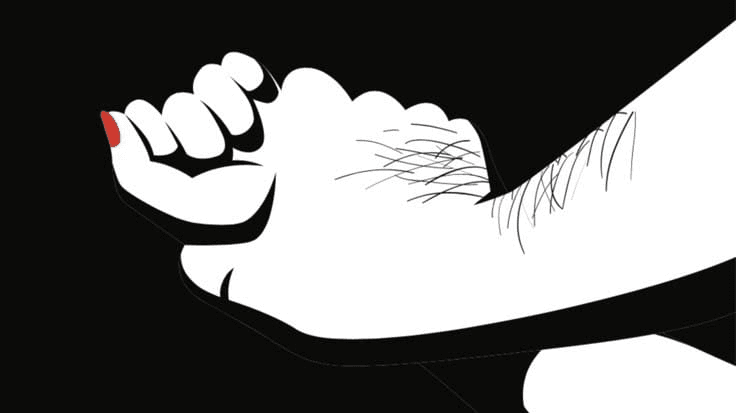 Every June, you’ll see a litany of pride flags decorating your social media feed as people attend month long celebrations, marches, and parties in honor of pride month.
Every June, you’ll see a litany of pride flags decorating your social media feed as people attend month long celebrations, marches, and parties in honor of pride month.
But beyond just the rainbow parades, pride month celebrates the remarkable history of a fight towards dignity and equality: a victory over discrimination, a commemoration of lives spent in the pursuit of acceptance for members of the LGBTQ+ community.
HISTORY AND ORIGIN:
Lesbian, Gay, Bisexual, Transgender and Queer (LGBTQ) Pride Month is celebrated every year in the month of June to honour the Stonewall uprising that took place in Manhattan.
In the early morning of June 28th, 1969, a popular gay bar located in the heart of Greenwich Village was raided by police officers. This was the Stonewall Inn, where the most significant portion of the riots took place.
Such raids were commonplace in a 1960s era United States wherein all but one state (Illinois, which decriminalized homosexuality in 1961) possessed antihomosexual legislature, people of the gay community were routinely subjected to violence, harassment and at times arrest by police officers. The rampant homophobia and transphobia of the time made it so they were condemned by society as a whole, being openly gay could result in alienation, loss of jobs, rejection by their families and even institutionalization.
Safe havens for the LQBTQ+ community emerged in the form of pubs and bars owned by the mafia, police officers were paid off, and the profit was recovered through overpricing drinks to patrons. Despite the bribes, the police still regularly raided the Stonewall Inn and other gay bars, charging them with solicitation of homosexual relations.
All this came to a head on June 28th when members of the New York Police Department entered Stonewall Inn to stage a raid. As the officers tried to arrest bartenders and customers, they faced resistance from fed up patrons. Outside, people in the hundreds had begun rioting, they threw bottles, stones, and pushed through the barricades set up; police officers retreated from the crowd into the bar upon which the rioters set the bar ablaze.
As reinforcement units arrived, the original officers managed to get out of the burning bar upon which they found that the mob had grown. Though the crowd was eventually dispersed, the spark of liberation that had been lit spread.
The protests and riots continued for days after and saw widespread participation, it marked a watershed moment in the history of gay rights.
THE FIRST PRIDE MARCHES:
The first pride marches were held on the one-year anniversary of the Stonewall Uprising on 28th June, 1970. Marches took place across the cities of New York, San Francisco, Los Angeles, and Chicago. New York organizers dubbed their event as the “Christopher Street Liberation Day March’’ while Los Angeles held a “Christopher Street West”. The marches played a pivotal role in spreading information, awareness and push for the liberation of the LQBTQ+ community.
The first marches launched the start of the modern gay liberation movement which also bought attention to the plight of others marginalized for their sexual or gender orientation, the movement gained mainstream visibility and momentum.
Since then, Pride has come to represent a continual tradition of celebration of self, gender, and sexuality.
EARLY SIGNIFICANCE:
The early celebrations of pride month and by extension, pride marches were instrumental in the formation of liberation organizations. In the United States the last Sunday in June was initially celebrated as "Gay Pride Day," but the actual day was flexible. In major cities across the nation the "day" soon grew to encompass a month-long series of events.
Though organizations had existed in the past such as the Daughters of Bilitis and the Mattachine Society, the inception of the Gay Liberation Front (GLF-DC) after the events of stonewall served to be a turning point in the fight for gay rights.
The earlier iterations of pride month consisted mainly of marches with the purpose of building a sense of community amongst gay people, educating the straight community, and fighting for legal rights.
Early pride also focused on intersectionality within communities, there was large scale participation from the gay community in the 1971 May day protests which were anti-Vietnam war civil disobedience actions.
Pride month continued to be incredibly significant as the onset of the AIDS epidemic ravaged America, the discrimination faced by the gay community at this time was horrendous, communities of color were especially impacted. Over 12,000 Americans had died before Ronald Reagen publically uttered the word AIDS.
The LGBTQ+ community’s solidarity with itself and the formation of organizations such as ACT UP were instrumental in bringing national attention to the AIDS issue and raising funds.
The stigma of the gay community by the general public and media played a direct hand in facilitating the deaths of thousands during this time and proved once again the necessity for pride.
Pride during such times was about survival, about community and about kindness. About human decency.
Pride month served to be a reminder of that.
PRIDE MONTH, FROM PROTEST TO PARADE:
In 1999, President Bill Clinton designated June as Gay and Lesbian Pride month. In 2009, President Barack Obama assigned the name: Lesbian, Gay, Bisexual, and Transgender Pride month.
Pride month has evolved majorly from its origin in liberation protests, modern day pride parades are bustling celebrations often filled with music, drinking, and dancing, a stark contrast to its protest roots.
The commercialization of pride month too is a noticeable change, however pride month continues to embody a spirit of defiance, especially in countries wherein LGBTQ rights are still contentious.
Pride month remains a crucial time to raise awareness about LGBTQ+ issues, advocate for change, and reclaim the narrative.
CO-OPTION OF PRIDE:
The current state of Pride is a far cry from its predecessors of years past, the current political landscape predisposes pride to a diluted co-opted version of itself.
The incessant commercialization of pride month by companies had contributed to this co-option heavily with rainbow marketing routinely every June, but with waning DEI initiatives, it seems that companies have lost interest in something that is no longer marketable to a general audience.
Pride month is no longer a large or profitable business for many, attendance in pride parades and festivals has been steadily declining and the lack of funding only adds to the issue. This severely hurts LGBTQ+ artists and creators who make most of their money centered around this time period.
A more common criticism of Pride month is a belief that modern pride is nothing more than chauvinistic intent, that it now lacks anything of substance. This is further polarized by a new wave of conservatism sweeping the United states where Pride month is most widely celebrated. Further controversy stems from the fact that many believe pride month has outlived its usefulness.
Pride Month seems today to be murky and undefined, the days of clear celebration are now marred by incessant infighting within the community, the solidarity that was the base of pride in its earliest days is now influenced by political rhetoric by both left and right.
All while hate crimes towards LGBTQ+ people are on the rise, as anti-trans legislation runs rampant, it harkens to a call to reclaim the narrative.
RESURGENCE OF ANTI-LGBTQ RHETORIC AND LEGISLATURE:
The existence of anti-LGBTQ+ legislation is not uncommon, worldwide, it is still a criminal offense to be homosexual in 64 countries. In the United States, it was decriminalized nationwide in 2003 following the landmark case of Lawrence V Texas.
In India, it was decriminalized seven years ago.
Most anti-LGBTQ rhetoric stems from (surprise) the Reagen era. The AIDS stigma was worsened through the inaction of the Reagan administration. The move towards social conservatism was perfect ammunition for right-wing pressure groups such as Jerry Falwell’s Moral Majority.
Falwell claimed that AIDS was the “wrath of god” upon the LGBTQ community, a view widely adopted by the public. Religious groups stated that the celebration of pride month was “satanic” in nature.
Similar rhetoric was used to shun gay people from participating in public spaces, the unscientific association was made between the LGBTQ+ community and pedophilia, this was used to fear monger and further alienate LGBTQ+ people.
In 1977, Anita Brayant campaigned to repeal a Dade county ordinance that prohibited anti-gay discrimination, she named her organization “Save the children”, she claimed that instating a gay teacher made it more likely that a child could be molested.
The assertion was popularized that gay people were somehow more predisposed to deviant and predatory behaviour, these statements were used by right-wing groups to justify and propose legislature that could treat LGBTQ+ citizens as second class citizens, by conflating the LGBTQ+ community with predators, it is easy to actively undermine their necessity.
Such insinuations were created to make it seem as if the LGBTQ+ community was a threat to society, to families and to children in particular.
It is due to this history that anti-translegislature has become such a staple for American legislators, the ACLU (Attacks on LGBTQ Rights) tracks 588 anti-LGBTQ bills in the US today.
The rates of suicide for members of the LGBTQ+ community and especially those for trans people are incredibly high, lack of accessto proper resourcesfor adults and especially the waves of anti-LGBTQ bills that restrict their rights become markers. At one point, statistics speak for themselves.
Book bans and censorship towards books with any “LGBTQ themes“, legislature that outs children to their parents, and a move towards conservatism in the wake of the Donald Trump administration: things seem bleak to say the least.
PRESENT SIGNIFICANCE:
It seems that now more than ever, there is a need for pride, for solidarity, for unity amongst the community.
When real and valid criticism about objectionable exposure to children without parental consent and fear mongering are conflated, it becomes harder to identify problems and address them.
When rampant transphobia seeps into society, it is not just trans people who suffer, it is all of us. When being trans becomes such a grave provocation, it is cis-gender people who face that scrutiny as well.
When there is entitlement amongst members of the LGBTQ community about indecency at pride parades, it must be addressed.
Pride month signifies something different today, it is no longer for a fight to gain rights but rather to retain them. To be better, to be accepting, to be decent, to be kind. To live a life of dignity. Pride month is a journey of continual progress, of resistance against oppression. Today, it must include a fight against regression. Pride means celebrating history, pride means educating others, pride means uplifting the community, it means accountability.
Pride Month is a symbol of resistance, as such it must remain a beacon of hope.
Written by Aaliya Aziz


